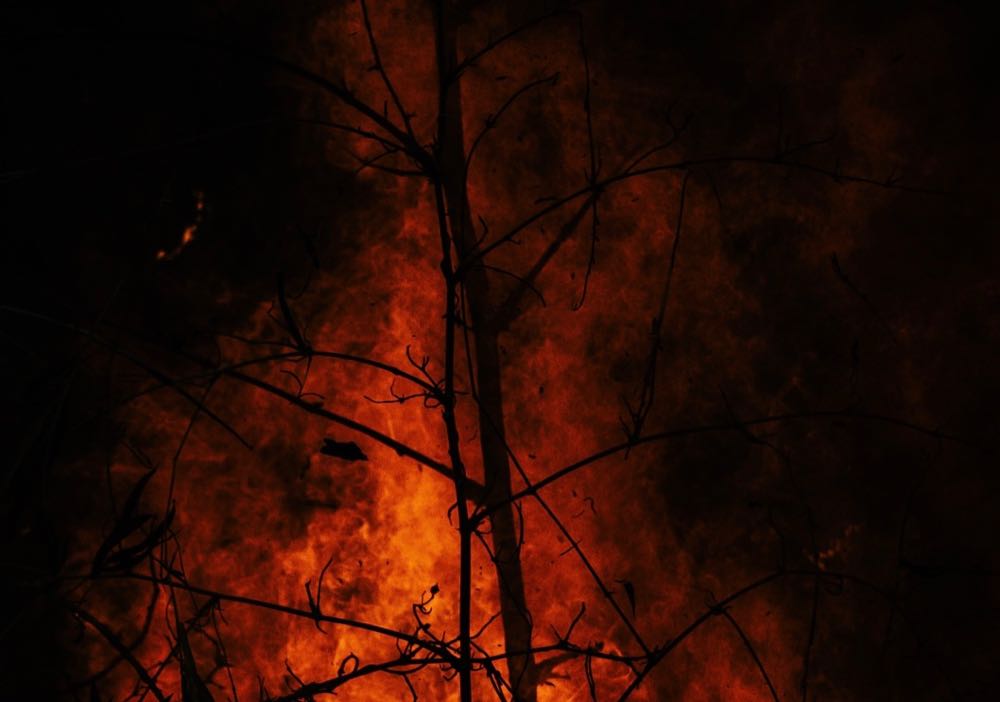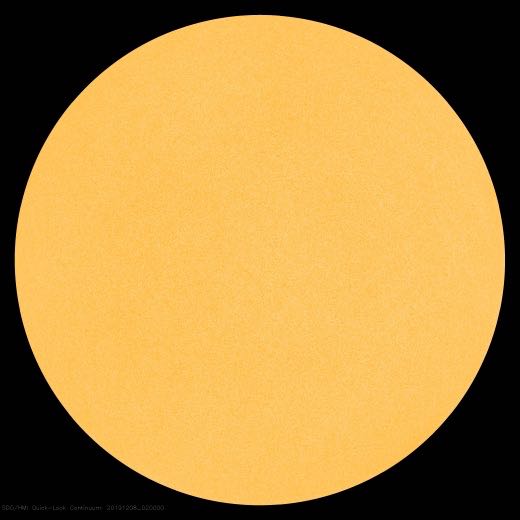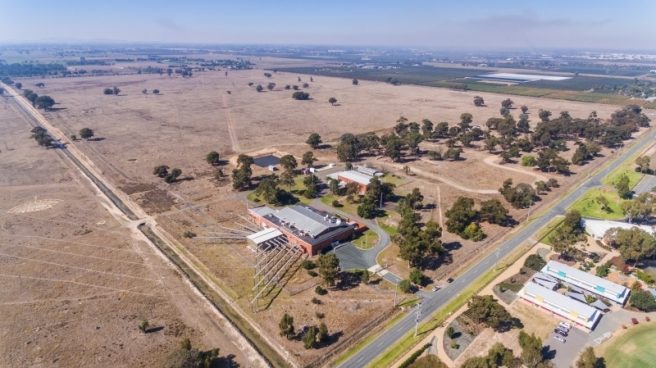
DRM broadcast (left) as seen via a KiwiSDR spectrum display.
Many thanks to SWLing Post contributor, Michael Bird, who shares the following news via Cambridge Consultants:
Digital launched, ever so long ago, with TV and radio. So what’s the big story? It’s that the last piece of the digital jigsaw is finally in place: a system called Digital Radio Mondiale (DRM), designed to deliver FM-radio-like quality using the medium wave and short wave bands.
We’re familiar with AM on medium wave and accustomed to the horrible buzz, splat, fade away and back again. But it does have a great advantage in that it will reach for hundreds of miles from a single transmitter. That’s a lot easier than FM or DAB, which both need transmitters every 30 or 40 miles. No fewer than 443 DAB transmitter sites are needed to cover the UK alone.
So take a modern digital scheme, apply some clever (and low cost) computing power, and you can get good sound for hundreds of miles. You get to choose radio stations by name instead of kilohertz, and you can even receive text and pictures. Emergency warning and information features are also built into DRM.
Great technology. But will it fly? Is it available for everyone?
The new news is that India, through its national broadcaster All India Radio, has invested in and rolled out a national DRM service, live today. Just 35 transmitters cover that large country. New cars in India have DRM radios in them now. Other countries like South Africa, Malaysia and Brazil are likely to follow India’s lead.
But something’s missing. The radios that can receive DRM are still prohibitively expensive, especially for those markets that would benefit most. So vast swathes of the world remain unconnected to the services that DRM can provide. Where’s the cheap portable that you can pick up from a supermarket to listen to the news or sport?
Cambridge Consultants has just held its annual Innovation Day, where we throw open our doors to industry leaders and reveal future technology. One of our highlights was the prototype of a DRM design that will cost ten dollars or less to produce, addressing that vital need for information by the 60-ish per cent of our global population that doesn’t have internet or TV. It’s low power, so can run from solar or wind-up.
This design will be ready in 2020, available for any radio manufacturer to licence and incorporate into its own products. We’re doing our bit to make affordable radios for every corner of the globe!
Click here to read this post at the Cambridge Consultants website.
Michael also shares this piece from Radio World regarding this project.
I must admit: there have been so many proposed low-cost DRM receiver designs that never came to fruition, it’s easy to be skeptical. I assume the $10/9 Euro design will be for the receiver chip only–not the full portable radio, of course. They plan to bring this to fruition in 2020, so we’ll soon know if they succeed.






